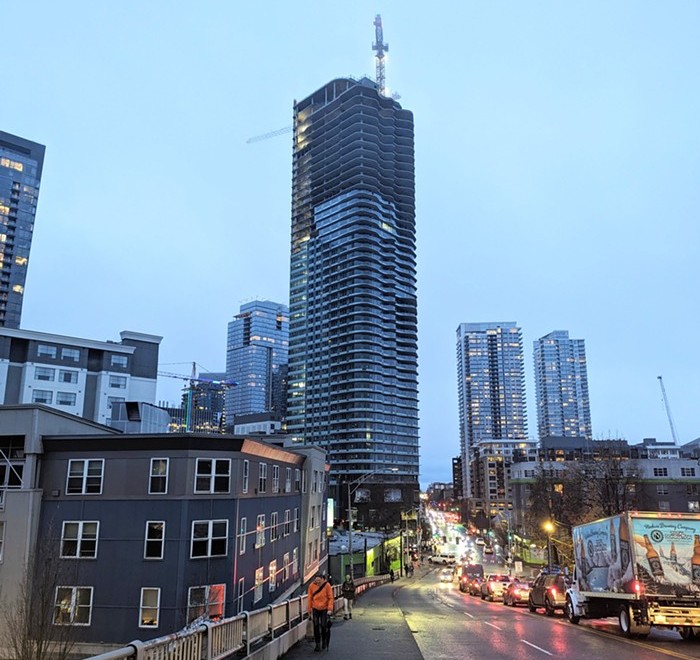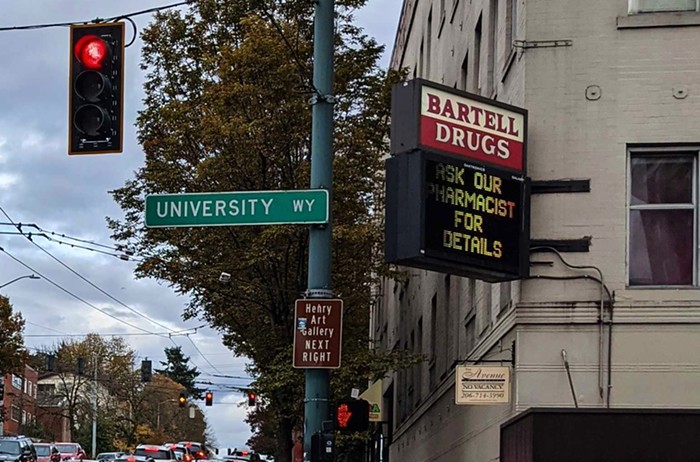
There are two reasons why there's so much talk about inflation these days. One: A large number of Americans dislike it and yet do not understand it. Two: Republicans see it as the best path to reclaim control of Congress this year.
Regarding the first reason, ordinary Americans hate inflation even when it's very low. As Zachary D. Carter pointed out in a recent Atlantic post: "In 2013, when inflation was nonexistent, a majority of Americans cited inflation as 'a very big problem.' It is less popular today."
We can blame this irrational anti-inflation feeling entirely on conditioning for a couple reasons.
For one, inflation is not obviously a bad thing for those who hold debts, many of whom are in the working classes. For two, American voters only direct price-inflation disdain selectively. They hate when it hits basic commodities, but they've been conditioned, mainly by the mainstream, not to feel the exact same way about price inflation on the stock market or price inflation in the property market. With regard to the latter, you even have the curious situation that rent inflation goes almost unmentioned when the consumer price index (CPI) is discussed. It's about food, gas, clothing, and so on. But it only takes a moment of reflection to see that no inflation comes close to the average market basket than that of housing.
As Seattle Times business reporter Heidi Groover wrote back in August of 2021, Seattle's median (and not average) rent had increased by 4% during June of that year, and it was "the sixth straight month with an increase after a steep drop-off last year, according to the rent-tracking firm Apartment List." The thing that makes rent so important is its size when compared to other basic goods. This is where David Harvey's mass and rate theory is so useful and makes seemingly very complicated phenomena very plain.
Harvey, considering one of the theories of Marxist economics, the falling of rate of profit, points out that what matters in economics is not the rate of profit but its size. Meaning, a small firm that enjoys a 15% profit on $500,000 in sales is chump change when compared to a corporation that only has 3% profit from $500 billion in sales. The scale or mass is what matters. We can apply this reasoning to the goods and services that make up the consumer price index.
Rent or housing is the leading burden on the working classes, 50% of whom "earn below $10.22/hour... which is below the poverty level for a family of three." And so even a 4% increase constitutes a considerable budget shock for workers. Also, and I have to point this out, the options for housing as a CPI are very limited. You can't make cuts on housing with the same ease that you can on, say, food. The reduction of meat consumption doesn't come anywhere close to the point of risking starvation; but a reduction on housing costs sharply increases the risk of homelessness.
These aspects of inflation are almost never discussed. Instead, voters are told that the problem is only one type of inflation, consumer goods. And they're only told that the cause of this inflation is, as the only economist interviewed in the Seattle Times's article, Jacob Vigdor, put it, “too much money chasing too few goods.” In economics, this is called demand-pull inflation, which became a key concept of an economic program that was promoted by center-left American and British Keynesians who, in the 1960s, synthesized the unorthodox concepts in the The General Theory of Employment, Interest and Money (1936) with orthodox concepts of the neoclassical school. We call this synthesis neo-Keynesian. It gave the world the Phillips Curve, a policy tool capitalist states could use to manage demand-pull inflation.
The basic thinking of the Phillips Curve was that a government had to make one of two decisions (a balance, a trade off) when it came to inflation. Was it going to support wage increases and full employment at the risk of inflation, or support a large amount of extreme poverty (unemployment) to kill demand's power/pull? The Phillips Curve offered a model for managing inflation and working-class power. It seemed to work for a few years, because economic (GDP) growth was strong. But in the 1970s, it was challenged and overthrown by the right and the business interest because of a totally irrelevant economic shock (the oil crisis of 1973) that resulted in stagflation (no economic growth combined with inflation). But the oil crisis, which was real and hit the US economy hard, was a classic example not of demand-pull inflation but its opposite, cost-push inflation.
Cardi B laments inflation: 'Everything is high' https://t.co/40EnCw0wJv
— MSN (@MSN) February 11, 2022
Inflation can be triggered by the absence of competition in the market. This hard fact, of course, is not at all entertained by mainstream media. But a market that has only one major seller (monopoly) or buyer (monopsony) is, at all times, good or bad, naturally exposed to price inflation. Little is said about that, about mergers, about the concentration of capital. No. it must be demand-pull inflation, and the source of this demand is, of course, the government. During the pandemic, the thinking goes, the US government pumped way too much money into the economy, and the result was too much demand.
The GOP believes this is a winning ticket for 2022, because voters are too stupid to investigate its logic: The government gave workers money during a world-historical economic crisis, and this ruined everything. It was, therefore, better to make workers suffer rather than to have all of this inflation, which in truth has more to do with corporate mergers than government spending.
Red-hot inflation is raising pressure on the Federal Reserve to take drastic action to get control of prices https://t.co/IWue37HTCz
— CNN (@CNN) February 11, 2022
But how will the GOP deal with inflation when it's in power? Raise interest rates, which will only weaken working-class power. And because so much of the working class is deep in debt, it will hit them harder than it did during the Reagan years, when a 20% rate on borrowing was used to kill inflation and unions. This time around, the ordinary voter will wake up in the morning and see a credit card bill that will make their eyes pop and heart pump like never before.

















